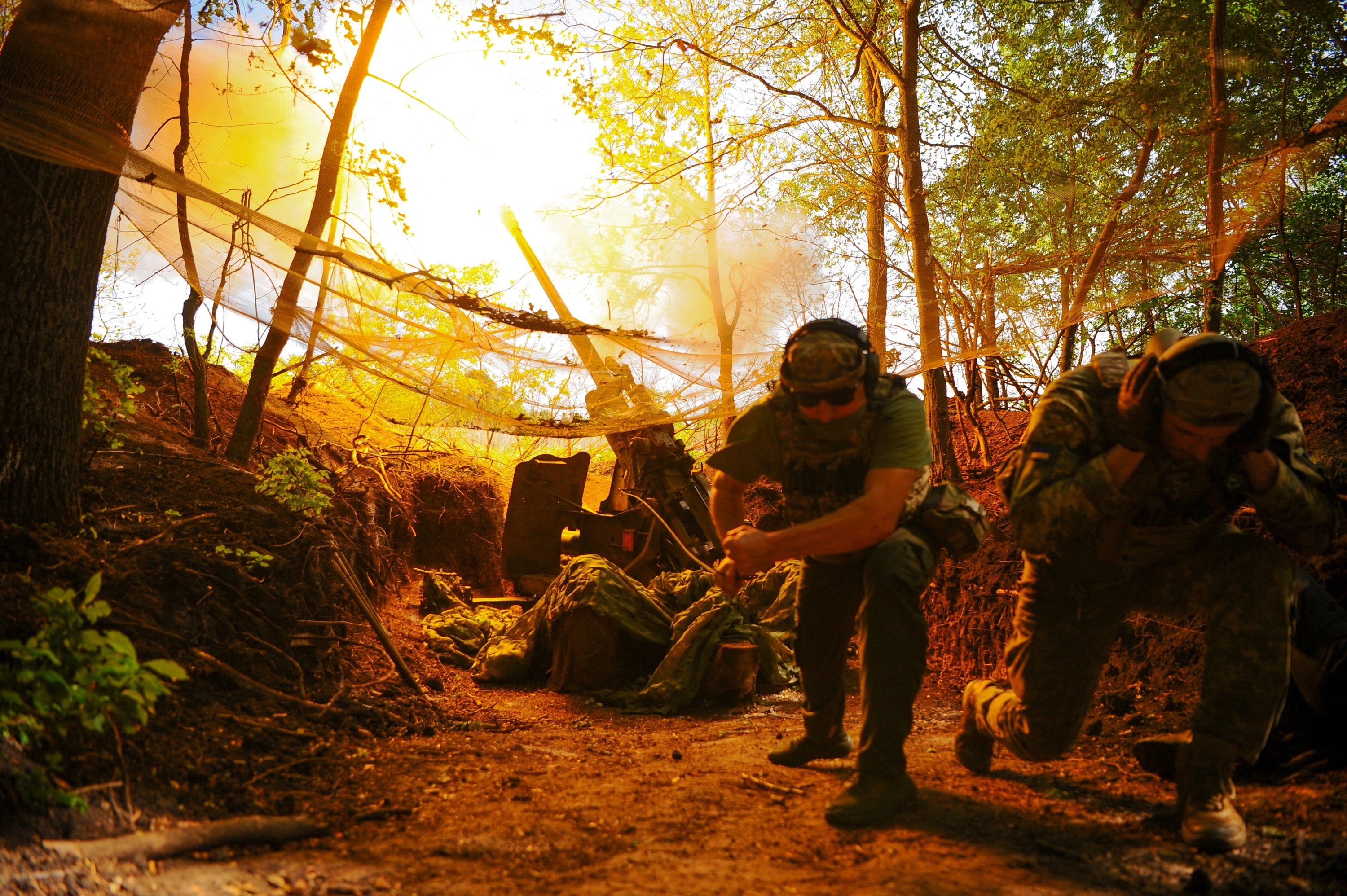© Turkuvaz Haberleşme ve Yayıncılık 2025
Russian and Ukrainian officials met in Istanbul on Monday for their second round of direct peace negotiations since 2022. There was little evidence of any breakthrough that could bring the prolonged war to an end. The talks were held against a tense backdrop, occurring just one day after Ukraine targeted several of Russia’s nuclear-capable bombers stationed at military bases, a strike that some have dubbed “Russia’s Pearl Harbor.” It added a dramatic edge to already strained diplomacy.
Although ongoing diplomatic efforts are encouraging, both sides remain deeply entrenched in their positions and show little interest in compromise. The prospects for a comprehensive peace agreement remain slim without substantial concessions.
As summer approaches, concerns are growing that military activity could escalate, with reports indicating a possible reinforcement of operations during the coming months.
In their previous meeting, which took place in May, both delegations had agreed to draft a memorandum outlining a road map toward peace.
A day before the session, Ukraine’s proposed memorandum was leaked to Western media. It calls for a full cease-fire lasting at least 30 days, the return of all prisoners held by each side and the return of Ukrainian children who were illegally displaced to Russian-controlled territory. It also suggests a direct meeting between Ukrainian President Volodymyr Zelenskyy and Russian President Vladimir Putin.
A central and controversial element of Ukraine’s proposal focuses on national sovereignty. The document firmly states that Kyiv must not be forced into neutrality and retains the right to choose its alliances. It emphasizes that Ukraine may pursue European Union membership and join NATO, contingent upon alliance-wide consensus. It rejects any external limitations on the composition or deployment of Ukraine’s armed forces or allied foreign troops on its soil.
This particular clause is likely to provoke immediate resistance from Moscow, as Russia has long viewed Ukraine’s potential integration into NATO as a direct existential threat, a key reason behind its full-scale invasion.
In response, Russia presented its own memorandum, which was published by Russian media. The Russian proposal demands that Ukraine halt all military recruitment and force generation, end martial law, hold presidential elections within 100 days of martial law being lifted and form a new government. It also calls for international recognition of Russia’s control over Crimea, as well as the entirety of four other regions.
These terms reflect the Kremlin’s longstanding public stance and show no willingness to compromise at all, demanding sweeping territorial and political concessions while offering none in return. For Kyiv, it is very difficult to find a middle ground while Moscow asks for a new government to negotiate.

U.S. President Donald Trump presented his own peace plan in April, which included formal U.S. recognition of Russia’s control over Crimea and a de facto acceptance of its occupation of large parts of eastern and southern Ukraine. The plan, which offers little for Kyiv, was slammed naturally by both Ukraine and European powers.
In this stage, it is a mystery how to pressure sides for concessions as Russia survives economic sanctions while Ukraine has the backing of Europe. Despite years of sanctions, Russia’s economy struggles but continues to weather Western pressure, raising questions about how the international community might force Moscow to make any real concessions.
Just after the talks in May, Russian chief negotiator Vladimir Medinsky reminded of the historical precedent to frame Russia’s long-term outlook, comparing the war to the 21-year war with Sweden in the 18th century and hinting Moscow is ready to fight as long as it takes.
Meanwhile, European leaders traveled to Kyiv in a visible display of unity. Their visit came just hours after Putin hosted his allies in Moscow for Victory Day celebrations in May. They reaffirmed their commitment to Ukraine’s defense and sovereignty.
Moreover, Germany’s newly appointed Chancellor Merz, who took office in May, has taken a firmer position on Ukraine than his predecessor. He lifted range restrictions on weapons supplied to Kyiv and hinted at providing long-range Taurus missiles, which Ukraine has sought for years.
With the summer months arriving, the possibility of intensified military action looms. Reports suggest Russia is preparing for a new offensive and is already making advances in the northeastern Sumy region. This move is seen as part of an effort to create buffer zones along the border, an objective Putin recently reiterated during a visit to the Kursk region.
So, it’s useful to remember paradoxical advice offered by a fourth-century Roman general: "Si vis pacem, para bellum," “If you want peace, prepare for war.”
While the continuation of diplomatic engagement is positive in itself, both sides remain entrenched in their positions, showing little interest in compromise. Confidence-building steps, such as a prisoner exchange likely to continue in the future, but without significant concessions from either party, the likelihood of a comprehensive peace agreement remains slim.
